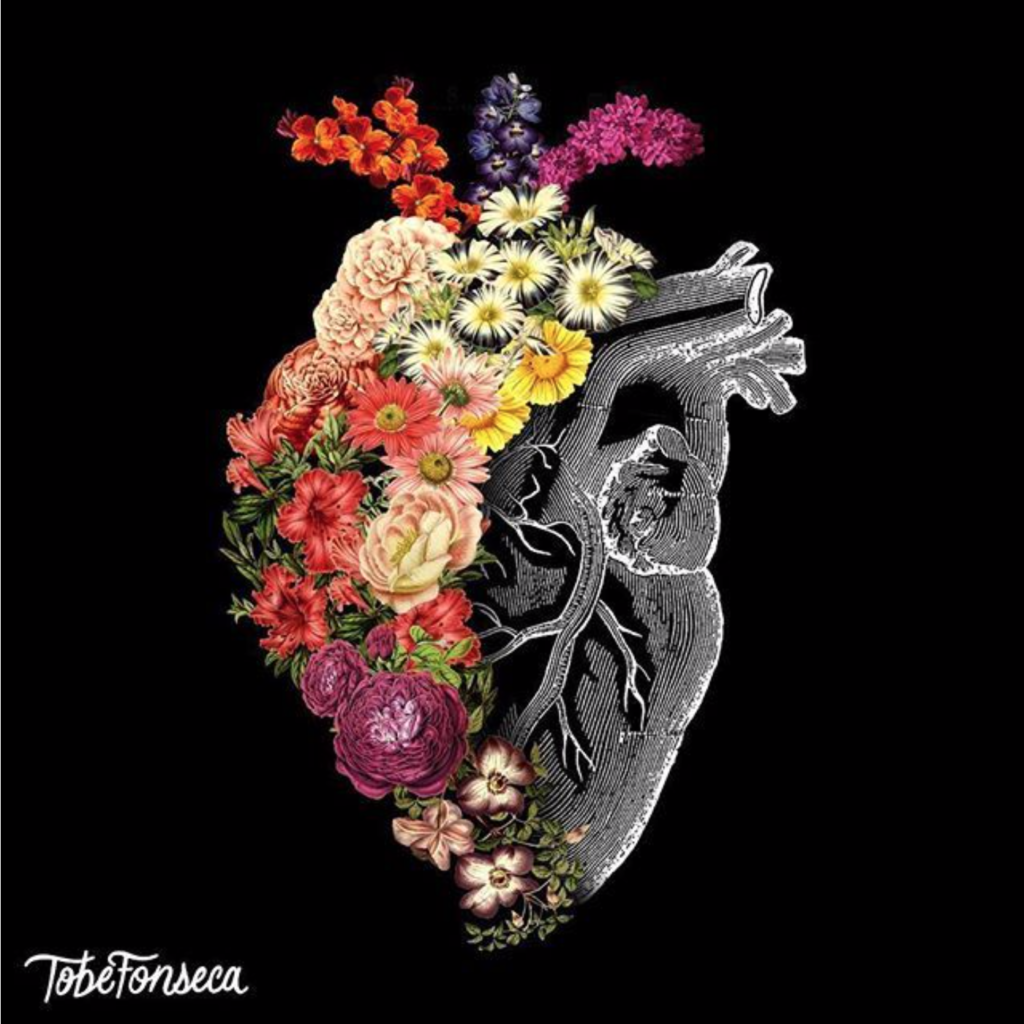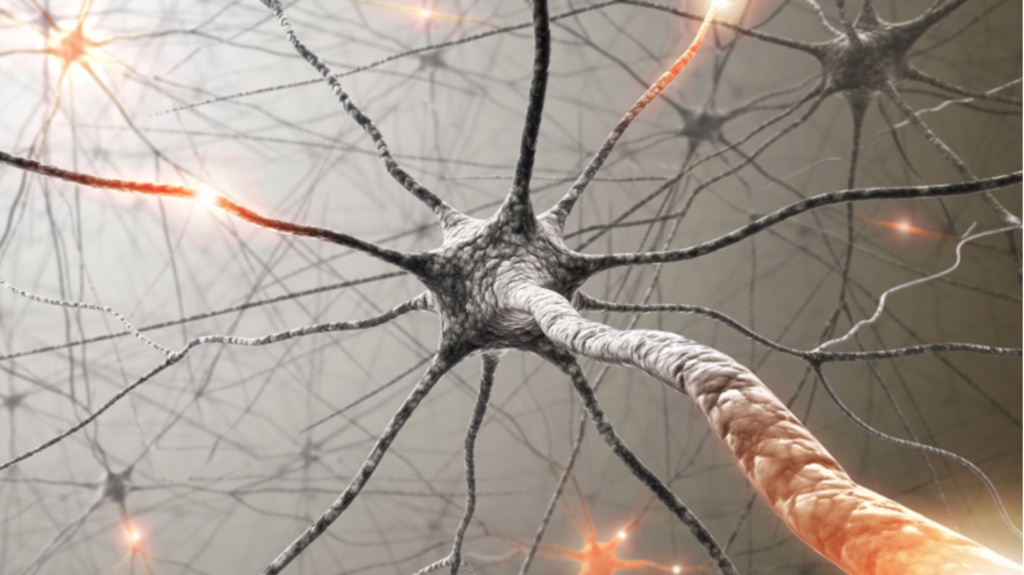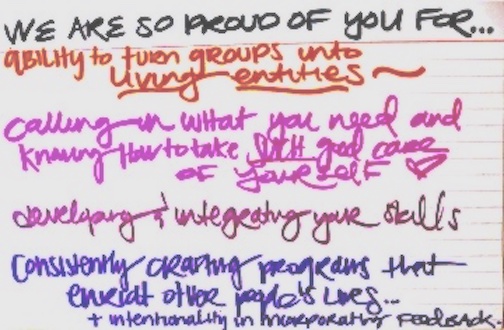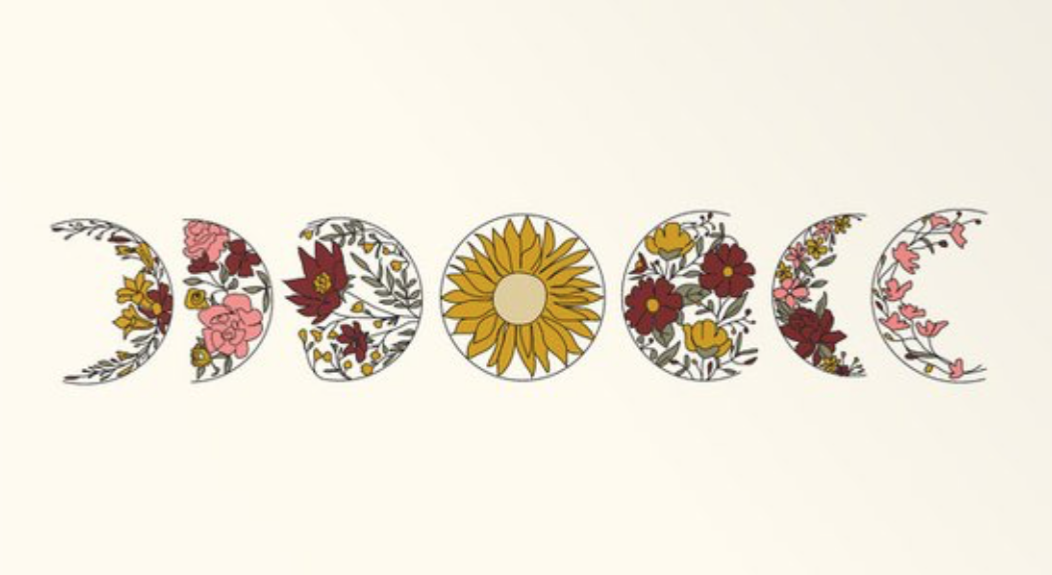Cyclical conceptions of time are thoroughly embedded in me through my Jewish heritage and culture. I was born on Rosh Chodesh Av – the new moon of the Hebrew month that is now ending. The Hebrew calendar is a lunisolar calendar, which means that while my Hebrew birthday rarely matches up with my Gregorian birthday, it is always on the same date relative to the cycle of Jewish festivals and religious observances. The fact that I was born on the new moon of this particular lunar month has tremendous significance for me.
(*For those interested in astrology, scroll to the bottom for more celestial magick.)
One way I resonate with my birth month is that the word Av means “father.” My father had cancer when I was a baby and died when I was a teenager. The experience of losing my father amplified my natural inclination to orient to the world through a lens of healing. I have grown willing to take emotional risks because I know in my blood and bones that feeling loss is worth feeling love. This balance of love and loss is very Av.
Av contains within it two holidays that invite us to access deeply polar or complementary (depending on how you look at it) human experiences: grief and joy, separation and connection, union and exile. Tisha B’Av (the 9th of Av) invites us to mourn, and Tu B’Av (the 15th of Av) invites us to make love.

Historically, Tisha B’Av laments the destruction of the second temple in Jerusalem by the Romans in 70 C.E. When this happened, the Jews became refugees. During Tisha B’Av, we remember our experience of being thrust into a “hostile world without shelter or protection.” Rabbi David Seidenberg also invites us to reflect on how we “as individuals (and as a people) use our power to make others (people and species) into refugees.”
My observance of Tisha B’Av changes each year. It has included fasting, attending ICE protests, attending services outside a local prison, processing intergenerational trauma with my therapist, and making offerings to the land in honor of species lost to climate crisis. All in all, it’s a pretty heavy holiday.
Less than a week after Tisha B’Av, we celebrate Tu B’Av. This festival has its roots in the biblical era. Young lovers would find each other in ripe vineyards of juicy grapes. They would sing, dance, and find their soul mates as they made love under a full, bright moon. On the tail of Tisha B’Av, Rabbi Jill Hammer reminds us that Tu B’Av renews within us of “the promise of new life and hope after fear and grief.”
I observe an anniversary with my partner on Tu B’Av and this meaning is not completely lost on me. But I do not experience the pleasure and sensuality of Tu B’Av with nearly as much intensity as I experience the heaviness of Tisha B’Av.
Why do I gravitate toward the heaviness of Tisha B’Av? I always thought I just tend towards melancholy. But I’ve learned over the past year that it actually has to do with trauma.
Scorpio and Cancer may rule my chart, but I decided I was done letting trauma rule my life. Here is how Av has been helping me learn to choose a different path:
Lesson #1 — I CAN actively nurture pleasure-based feedback loops.
Trauma (particularly early childhood trauma) can trick us into thinking that we always have to get to the center of what hurts in order to heal it – that the only way to transform a wound is to move through the worst of it. Trauma can also condition us to seek out crises. If our bodies learned to function in survival mode early on, they may continually seek out crisis situations because that is what feels familiar; it’s what our bodies know how to respond to.
The more we pattern our brain-bodies into survival mode, the stronger our trauma-based neural pathways become. The stronger those pathways become, the more they dominate our everyday embodied attitudes and behaviors – whether we want them to or not. (Neural pathways are connections formed by nerve fibers and neurons. These connections create synapses, which send information and instructions throughout the nervous system, for example fight or flight responses.)

Instead of defaulting to trauma patterning and the energy of Tisha B’Av, I’ve been apprenticing to Tu B’Av this year. Through focusing my attention on what feels good and pleasurable, I’ve been learning that I can shift old patterns and open up to new possibilities rather than focus on pain and crisis.
I’ve committed myself to somatic practices that help me to repattern my nervous system from trauma-based feedback loops to pleasure-based feedback loops. HeartMath, mindfulness and gratitude practices, and a plethora of other somatic tools have all helped me to believe, perhaps for the first time in my life, that there is a world of pleasure out there ready for me to say YES! to.
Lesson #2 — Dramatic change doesn’t have to feel dramatic.
For years I practiced self-massage with a ”go intense or go home” approach. Digging lacrosse balls and little massage tools deep into my muscles and fascia, I would catch my breath in shocked pain while convincing myself that getting down to the epicenter of the tightness was the way to transform pain. I would go so hard sometimes that I would bruise myself and be sore for days. I might have intuited that I should tone it down a bit, but one of the ways that trauma has impacted me is that I truly don’t know sometimes what the line between pleasure and harmful pain is.
For most of my life, I oriented to psycho-spiritual development this way, and it was exhausting. While I did heal some layers of wounding and shifted some harmful beliefs about myself, my healing work didn’t result in my experiencing more joy and pleasure.
I started getting a message over this past year (or perhaps I finally started listening to the message) from multiple medical professionals and bodyworkers. My massage therapist summed it up like this: “It doesn’t have to feel intense in order for something to be happening.”
This was revolutionary for me. I began to orient to healing in a much gentler way. I started to be able to purposefully titrate my trauma energy, or process just a small bit at a time. This slow and gentle approach enabled me to better self-regulate my nervous system when I felt myself slipping out of my window of tolerance.

The wisdom of titration has existed in cultures around the world for thousands of years. For example, in Jewish culture, I experience the shofar blasts of Elul (the Hebrew month that comes after Av) combined with the repetitious liturgy at Rosh Hashanah (New Year) and Yom Kippur (Day of Atonement) to be a form of titration; they bring me into the wounded and raw energies I aim to let go of slowly, successively, and over the course of 40 days. (For those interested in trauma healing, the rhythms of Av are also a great example of pendulation.)
This year, Av has helped me learn to ride the waves rather than drown in them. As Elul quickly approaches, I am hopeful that I can stay in touch with joy even amidst the tumult.
Lesson #3 — Celebrating my accomplishments is super pleasurable!
Something else I learned this year is that trauma prevented me from learning to feel proud of myself and celebrate my accomplishments. This patterning began at a very young age and stuck with me into adulthood. I was doing an exercise several months ago that asked me to list things I’m proud of – anything from any point in my life. IT WAS HARD. I don’t think of myself as someone who is unaccomplished, but I struggled to identify what I was proud of. At long last, I filled one page. I turned the page and found the next instruction: List all the ways you celebrate your accomplishments. Celebrate? I had no idea. I couldn’t get past two bullet points.
This summer, I threw myself a birthday party. I invited a few people to a ritual fire and dance party. Around the fire, I shared with friends and chosen family a little about the challenges I’ve been navigating for the last few years, and a lot about what I am proud of in my healing journey. With each bit of progress and pride I shared, people cheered! It was my birthday, and they were there to CELEBRATE ME! I then asked everyone to share with me something they are proud of me for. An artistic friend scribed these reflections, and I now have them posted in my computer corner, to remind me daily of some things I can be proud of.
Av has taught me that it feels really, really great to celebrate my accomplishments, both by myself and with others. Back to lesson #1: I can nurture this pleasure-based feedback loop through routinely taking stock of my achievements and actively celebrating them.

As the heat of the summer solstice gives way to autumn’s sneaky arrival on the winds from the west, I feel less like I am swinging uncontrollably on a grief-and-joy pendulum and more like I am dancing the balance of Av. I’ve learned something this year that I know is going to stick because I’ve learned it in my body, in my nervous system, in my neural pathways. Liberation has got to feel good, and I’m totally getting free.
*For the astrology folks out there: Av, a fire sign, occurs in the constellation of Leo. This Hebraic zodiac sign is about big-hearted warmth and inclusivity, creativity and confidence, strength and dynamism, leadership and determination. Definitely me. In Western astrology, my sun sign is on the Cancer/Leo cusp, which means all those Leo qualities are imbued with a watery connection to home, family, emotions, nourishment, and introspection. Also definitely me. More pertinent to Av specifically, I’m a Virgo rising, my ascendant is Mercury in Cancer, and Pluto and Saturn are both in Scorpio. Chiron is in my 10th house. Where I resonate with all of this is that I feel my feelings very intensely, I am extremely sensitive, I process information through my body, and I orient to life as a death-rebirth-healing journey. I carry grief heavily, and I struggle to release it. I also radiate warmth, joy, and embodied vitality to people around me. All very Av-like.
Check out these wise folks’ work!
- Pleasure Activism: The Politics of Feeling Good by adrienne marie brown for a seriously good read on why social change must feel delicious.
- Rabbi David Seidenberg at neochasid.org for spiritual teachings on Jewish holidays and texts.
- Rabbi Jill Hammer at her own website and at Ritualwell.org for redefinition of Jewish tradition through a contemporary feminist and priestess lens.
- Martin Prechtel — The Smell of Rain on Dust and Grief and Praise Part 1, Part 2, Part 3. An exploration of how grief and praise are the same thing, and ways we can metabolize our grief in community.
- Heidi Hanson — I came across her artistic depictions of trauma and feedback loops. I don’t know anything about her, but this page is Very Rad.
*The artwork featured at the top of this post is “Floral Phases of the Moon” by Nadja.
